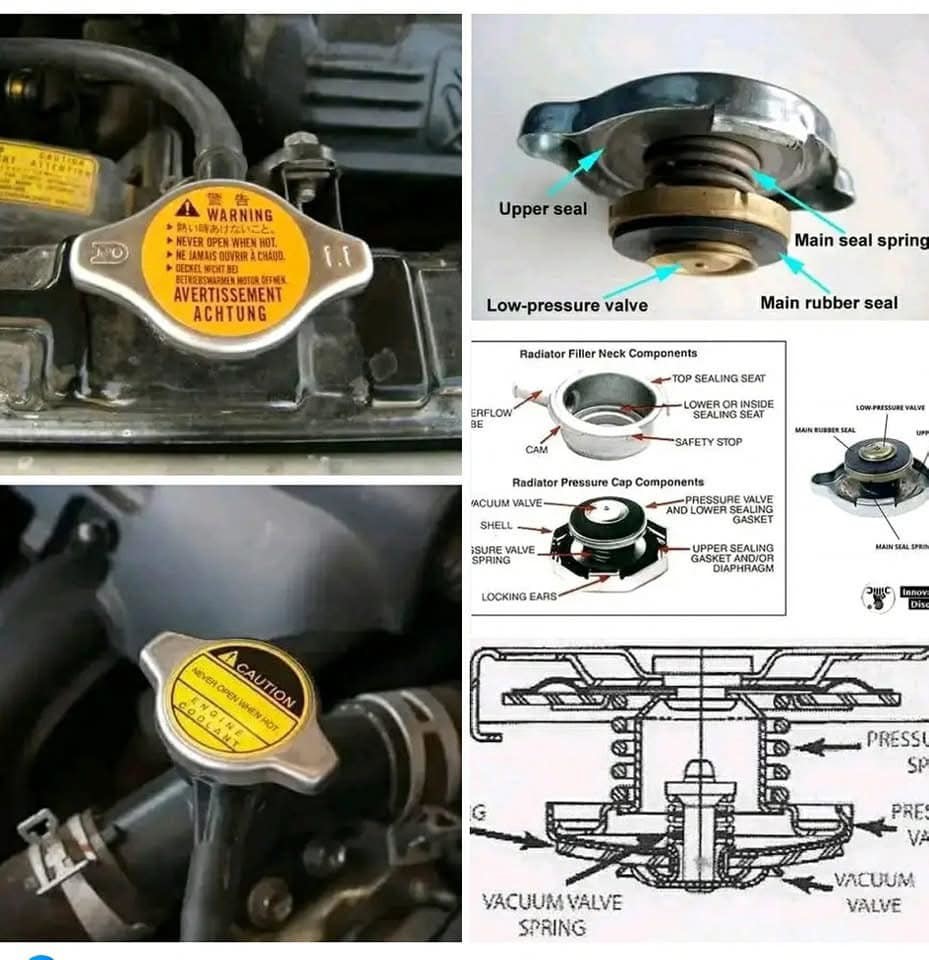EVERYTHING YOU NeYed TO KNOW
The radiator cap may seem like a small, insignificant component in the complex system of an automobile, but its role is critical to the overall performance and longevity of a vehicle’s engine. As a part of the cooling system, the radiator cap performs functions far beyond simply sealing the radiator. It is a pressure release valve that controls the engine’s cooling system pressure, helps prevent overheating, and ensures the smooth
circulation of coolant. Without a properly functioning radiator cap, even a well-maintained vehicle can suffer from reduced engine performance or, worse, catastrophic engine damage.
For vehicle owners and enthusiasts alike, understanding the radiator cap's functionality is vital. This guide covers everything you need to know about radiator caps, offering insights into their design, working principles, common issues, and the crucial role they play in maintaining engine health. From understanding how the cap helps regulate engine temperature to knowing how to identify and replace a faulty cap, this FAQ will empower you with the knowledge to ensure your vehicle's cooling system operates optimally.
Whether you're a seasoned mechanic, a DIY car owner, or simply looking to become more knowledgeable about your vehicle's components, the following information provides a comprehensive overview of radiator caps, answering the most commonly asked questions and diving deep into the intricate role they play in engine maintenance.
WHAT IS A RADIATOR CAP AND WHAT DOES IT DO?o
A radiator cap is a pressure seal that sits on the radiator’s fill neck. It helps maintain the optimal pressure within the cooling system and ensures the coolant circulates properly. The radiator cap does this by:

: Sealing the System: It prevents air from entering the cooling system, which could reduce cooling efficiency.

- Pressure Regulation: It maintains a specific pressure (usually measured in PSI), allowing the coolant
